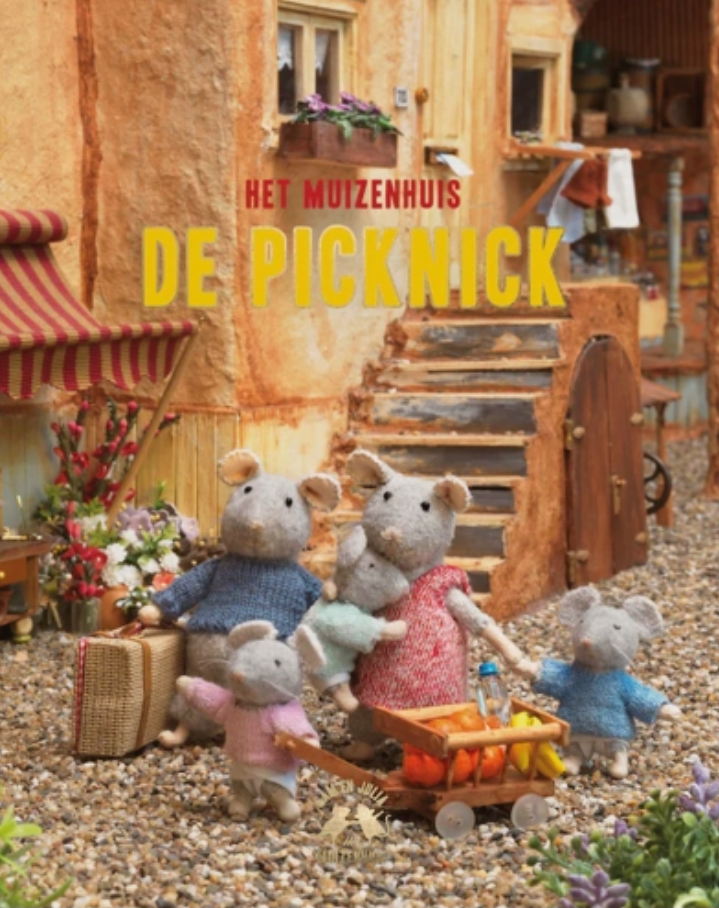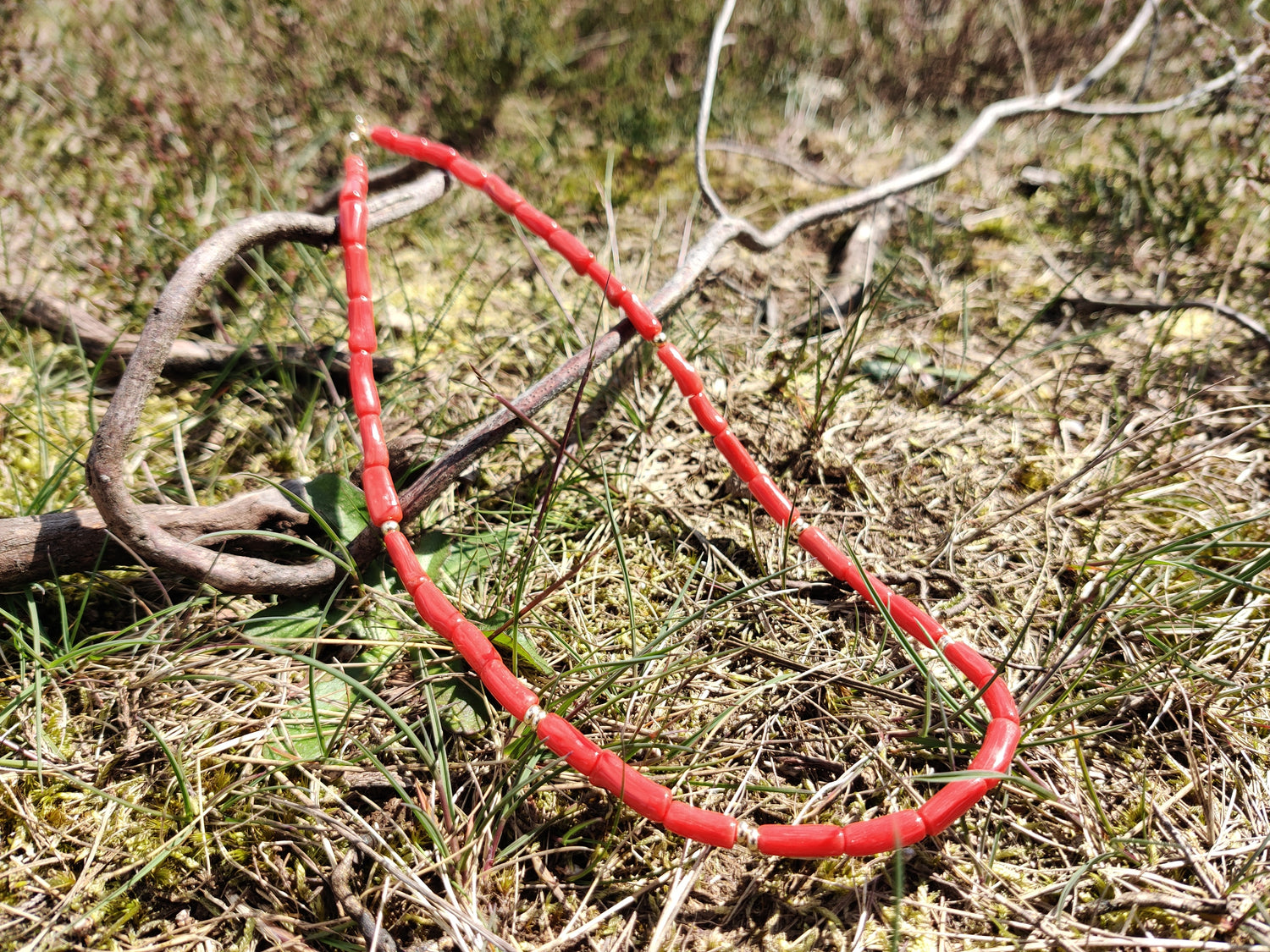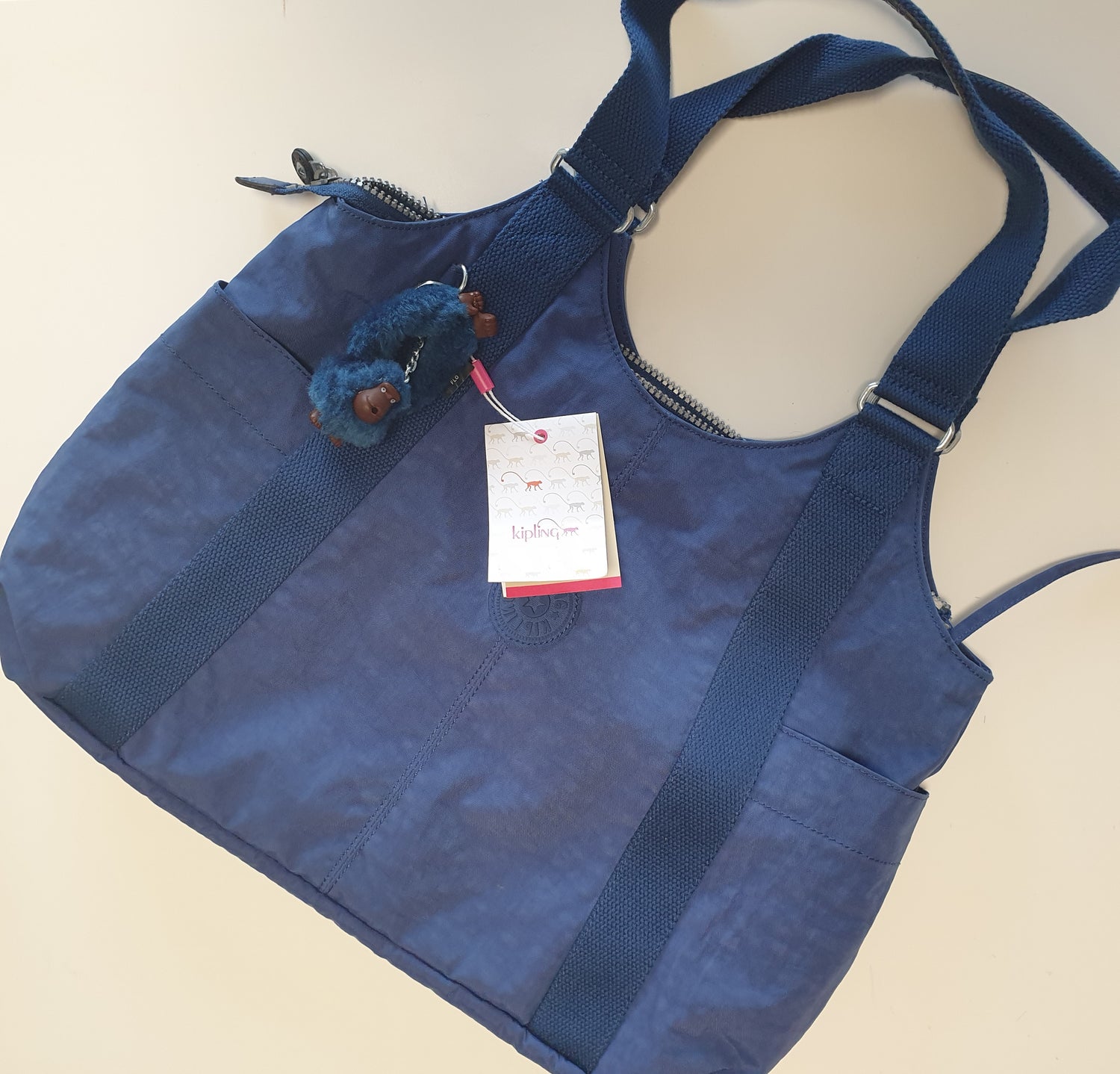Delft Blue: A Storied Beginning
The enchanting tale of Delft Blue, the distinctive blue and white pottery, traces its roots back to the 17th century in the Netherlands. Inspired by the Chinese porcelain brought to Europe by the Dutch East India Company during the Dutch Golden Age, Delft Blue emerged in the city of Delft as a captivating fusion of Asian influence and European craftsmanship.

Delft Blue was born out of the Dutch fascination with the coveted blue-and-white porcelain from the Ming and Yuan dynasties. In an attempt to recreate this exotic luxury, Delft artisans began to experiment with their own techniques, eventually giving rise to the iconic Delft Blue pottery.
The Craftsmanship Behind the Beauty
Delft Blue pottery is characterized by its distinctive blue and white color palette, often featuring intricate hand-painted designs, including landscapes, flowers, and scenes inspired by Dutch daily life. The delicate artistry and meticulous craftsmanship have made Delft Blue pieces not only beautiful but also enduring symbols of Dutch culture.


Photo Credit: Heinen Delfts Blauw - hand-painted Tulip Vase with Drooping Tulips;
The Current Delft Blue Heritage
Fast forward to the present day, and Delft Blue remains a symbol of Dutch heritage and artistic excellence. The tradition of hand-painting these exquisite pieces has been passed down through generations, preserving the authenticity and craftsmanship that define Delft Blue.
Several Delft Blue factories continue to uphold the legacy of this iconic pottery. The Royal Delft factory, established in 1653, stands as a testament to the enduring craftsmanship of Delft Blue.

Photo Credit: Heinen Delfts Blauw - hand-painted Tulips with Butterflies;
Today, artisans at Royal Delft meticulously hand-paint each piece, blending tradition with modern techniques to ensure the continued relevance of this timeless art form.
To Purchase our Delft Blue Collection
featuring Heinen Delfts Blauw Beads
Delft Blue Knot-work Pendant with Lapis Lazuli
Delft Blue Evelyn Rope Lapis Lazuli Necklace
Notable Delft Blue Pieces
Delft Blue boasts an array of iconic pieces that have captured the hearts of collectors worldwide. Among the most famous is the classic blue-and-white tulip vase, a symbol of prosperity and wealth in Dutch culture. The traditional windmill and canal house figurines are also beloved examples of Delft Blue artistry, reflecting the charm and character of the Netherlands.

Other notable pieces include ornate plates, tea sets, and decorative tiles, each telling a unique story through its hand-painted design.
Worth to mention - In a delightful fusion of aviation and artistic tradition, the KLM airline has embarked on a unique journey with Delft Blue, curating a collection that pays homage to the iconic canal houses of the Netherlands.
Each miniature canal house in the KLM collection is a meticulously crafted piece of art, showcasing the architectural charm of the historic Dutch canal houses. These collectibles, inspired by real canal houses in Amsterdam and other Dutch cities, capture the essence of the country's rich cultural heritage. From the gracefully curved gables to the intricate details of the facades, these miniatures are a visual delight and a tangible connection to the enchanting streetscapes of the Netherlands.

Delft Blue continues to enchant art enthusiasts and collectors, bridging the gap between centuries with its timeless elegance. From its humble beginnings inspired by Chinese porcelain to its current status as a symbol of Dutch craftsmanship, Delft Blue remains a cherished part of the artistic heritage that transcends time.
As you immerse yourself in the beauty of Delft Blue, remember that each piece carries a legacy of centuries, a testament to the enduring power of art to connect us to our past and inspire generations to come.
by Glamorous team with Love






4 comments
Hmm. One version of the grand palace is limited edition for frequent flyers. The other one I am not so sure.
Any expert knows why there are two versions of the Grand palace? Both are limited editions?
The wax seal is used to keep the Genever fresh. In some countries, the transportation of alcohol by post is prohibited. So, some bottles may not have a wax seal anymore. ;)
Quick question, our miniature house has wax seal. Some doesn’t. Care to clarify?